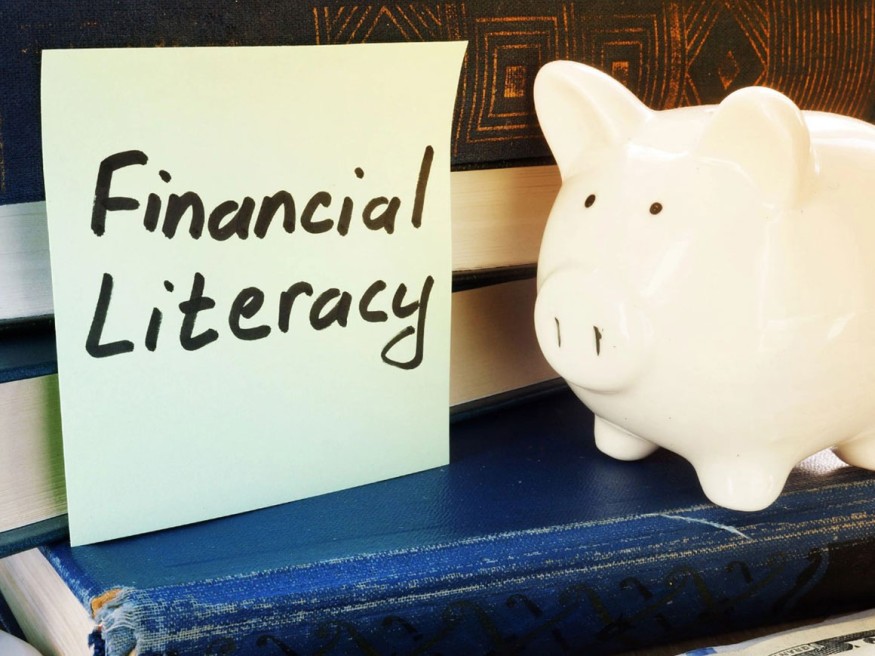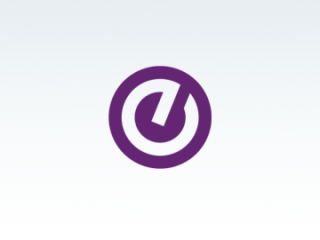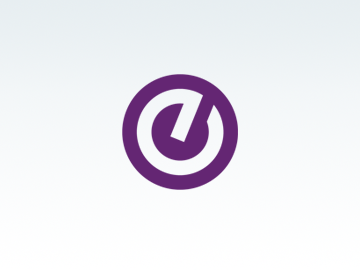The Four Surprising Reasons Why Financial Literacy is Not Resonating in Higher Ed

The end of April brings the end of Financial Literacy Awareness Month. “Financial literacy” is an important concept, but what does it mean? Who does it serve? And is higher education’s approach in need of an overhaul? Here are the four problems facing “financial literacy” (and what we can do about them).
Definition Problem
Stephen Herfst argues that “By being everything to everyone, you’re nothing to anyone.” Financial literacy is suffering the same fate.
The term financial literacy is incredibly broad. Investopedia defines financial literacy as the ability to understand and effectively use various financial skills, including personal financial management, budgeting, and investing. That is a lot of ground to cover with people, especially because it moves beyond understanding into effective usage.
What do we mean by “various” financial skills? This definition may be too broad in the context of funding higher ed. A more pointed interpretation would allow us to better help and engage at the correct time with students.
Instead, we need to focus student financial literacy on very specific topics with clear correlations to individuals and their current needs. This would include education programs that have been strategically deployed to address topics like students’ first bank accounts, effective credit management, buying a house, car financing, investing, retirement savings and financing an education.
By narrowing the definition of financial literacy to account for where most students are, we remove expectations and begin setting students up for success in ways that will help them successfully get to the graduation stage.
Naming Problem
Some people may bristle at the phrase “financial literacy.” This isn’t because the idea doesn’t have value. There are millions of people who would benefit from better education and understanding around basic finances. In fact, it is estimated that in 2020, the lack of knowledge around finances cost U.S. adults $415 billion.
The opposite of literate is illiterate. Being called illiterate in any sense has a significant stigma attached to it. The same is true with being called financially illiterate. Is the name itself stopping individuals from engaging with resources and improving their knowledge of financial practices? People are more apt to hide a lack of knowledge than raise their hands and say, “I am financially illiterate, but I want to learn.”
Is our naming convention causing people to feel shame when they need to access financial literacy tools? In the context of higher ed, could we give financial literacy a rebrand as it pertains to different applications, freeing students from the stigma they may be attaching to it?
Ownership Problem
Because of the overly broad definition of financial literacy, there are too many owners in the current process with little to no collaboration. That means there is no real owner of the process of providing financial literacy tools to individuals. Currently, we have high schools, colleges, not-for-profit organizations, banks and government agencies all trying to address (and claim ownership of) an incredibly broad topic. What’s more, we are providing one size fits all “solutions,” which aren’t really solutions at all. This lack of collaboration also makes it hard for tools to build upon someone’s preexisting knowledge.
What if we broke financial literacy into mods that had specific owners? This solution may help improve the usage of tools and yield better outcomes. We would have standardized and consistent information that is meant to be built upon; bricks in a wall ensuring information is being reinforced and strengthened across mods. Lastly, we should measure the outcomes of education programs to ensure that education is happening.
Engagement Problem
Communication is a two-way street. We need senders of messages and receivers of messages. Both play a significant role in how successful interactions or education are. Countless colleges have invested in financial literacy platforms for their students and alumni. But engagement has remained low at many of them, and outcomes have been difficult to measure.
Maybe this engagement problem links back to the naming problem we talked about earlier. Or maybe the engagement process has to do with timing and motivation. Everyone knows that eating well and going to the gym is good for them. But they may not be motivated to make changes until their choices cause negative consequences on their health or ability to engage in physical activities.
The point is there are many things that are good for us that we don’t do until we’re forced to do them. So, we should consider making mods a requirement tied to other activities.
For example, high schools should include basic budgeting and financial aid education in their core curriculum. Colleges should include credit management as part of freshman seminars. Mortgages and car loan approval should have prerequisites courses to ensure borrowers understand and are educated. Employers should educate on investing and retirement savings. By creating owners and driving education that is relevant to the stage in life of the recipient then perhaps we can improve engagement with educational resources.
What's next?
It is hard to find current information about investment in financial literacy. It is estimated that in 2013, more than $670 million was invested in financial literacy tools and activities in the US, however, we still have a long way to go to show that we are investing wisely. The Standard & Poor’s Global Financial Literacy Survey found that 57% of U.S. adults were “financially literate.”
To get a return on the investment being made by the government, schools and private businesses, we need to address the challenges in front of us. This return is not measured like most: It is seen through improvements at the individual level through increased financial mobility.



